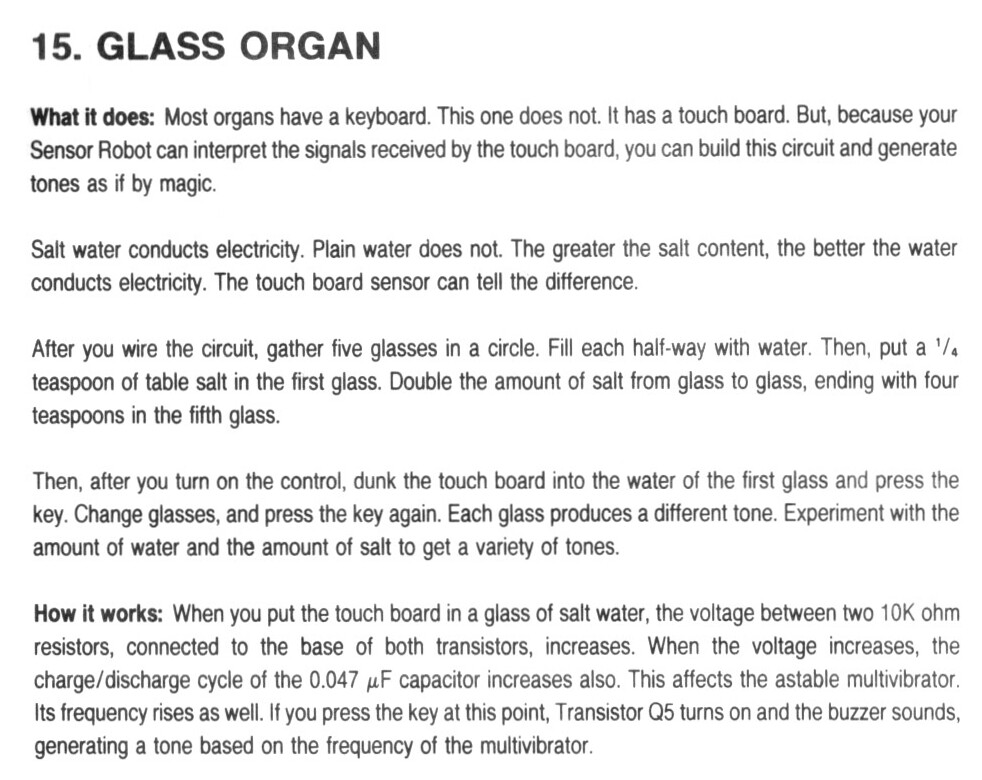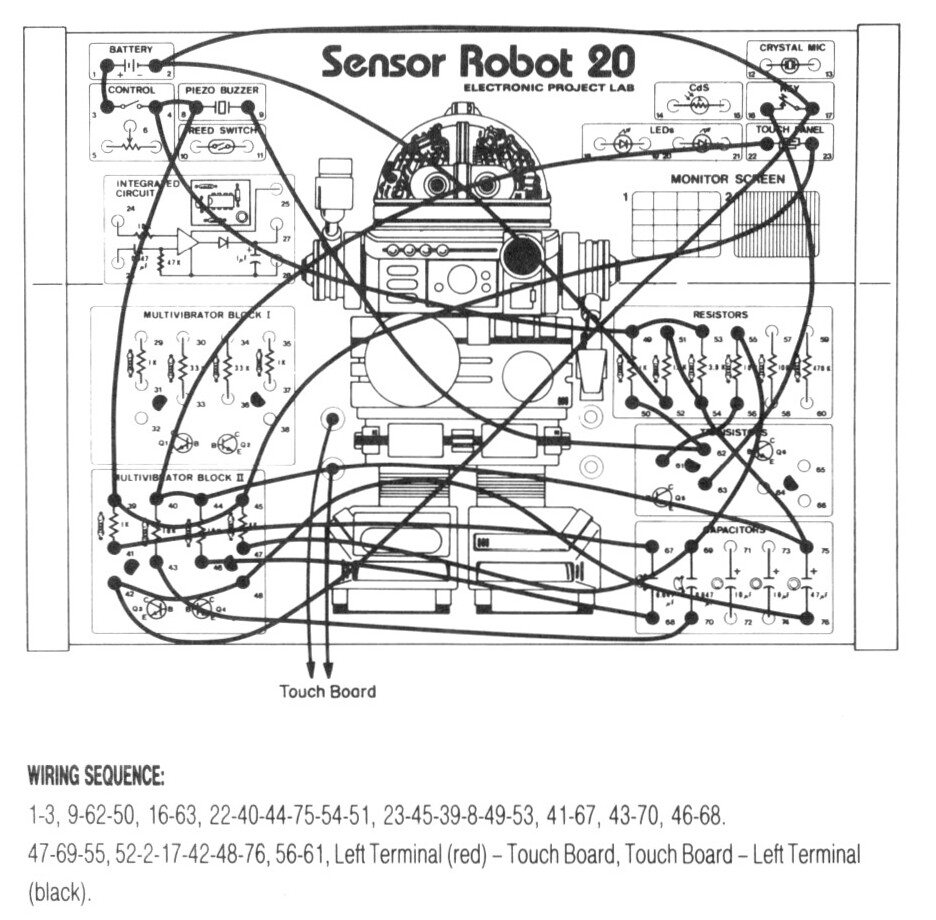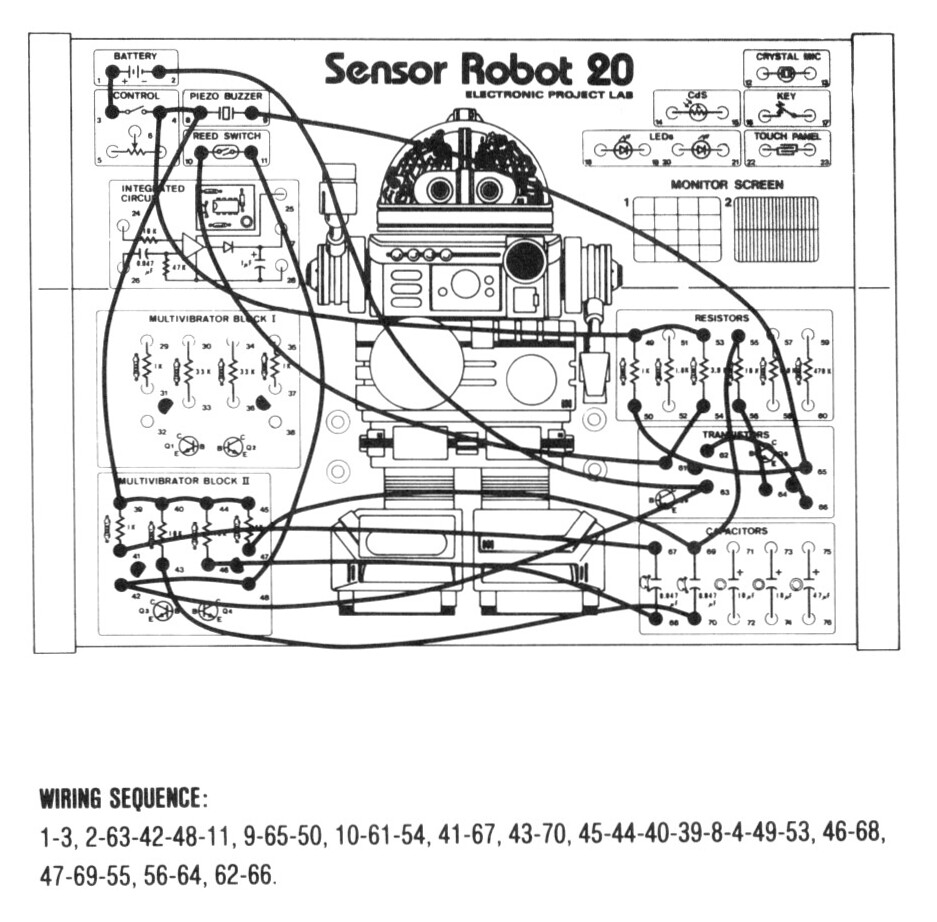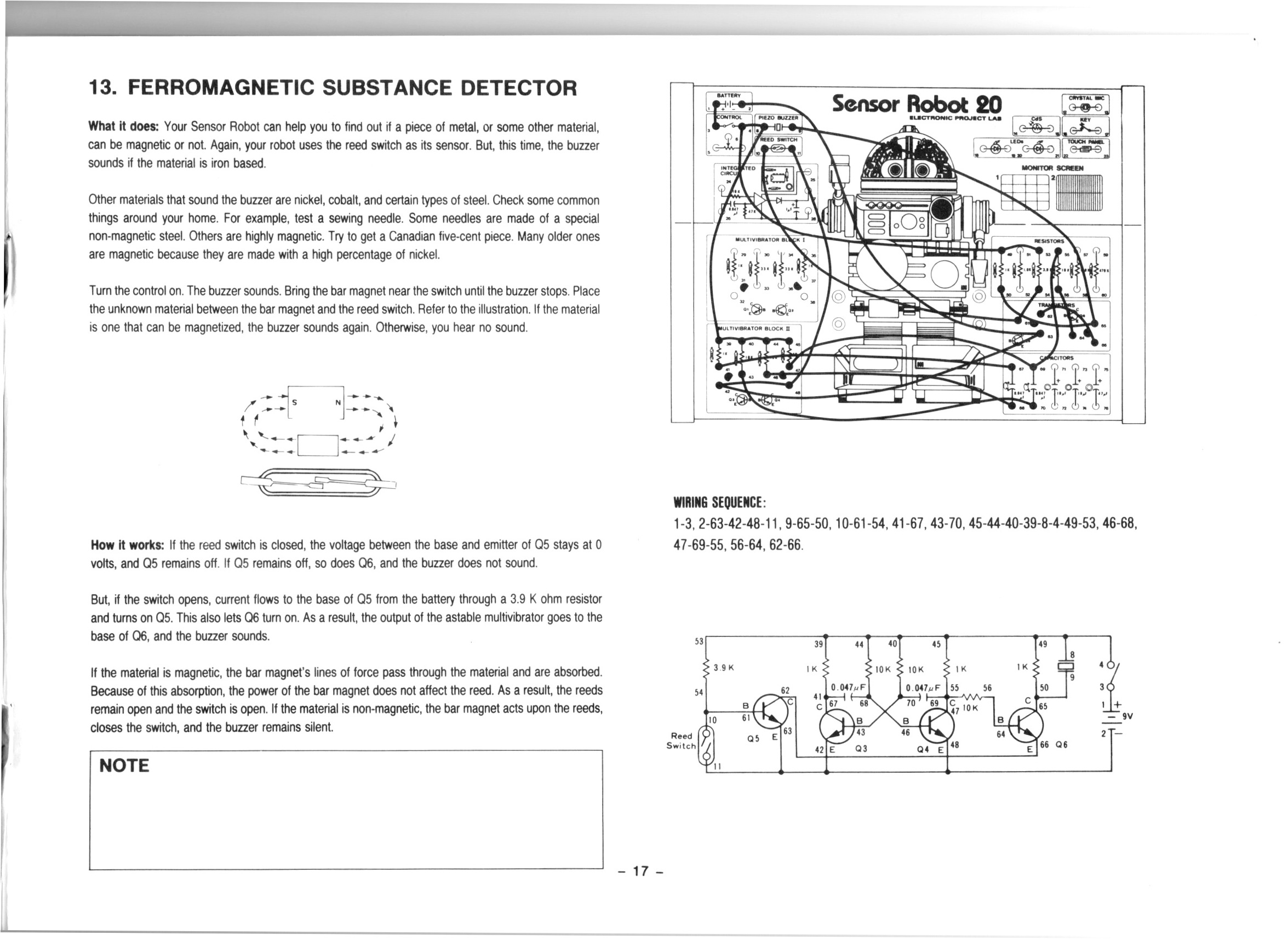I’ve been reading Debugging: The 9 Indispensable Rules for Finding Even the Most Elusive Software and Hardware Problems. My mate @indigo suggested I read David A. Wheeler’s summary of it over here: David A. Wheeler’s Review of Debugging by David J. Agans. I know David A. Wheeler from his work on sloccount.
Category Archives: Learning
about:processes
Today I learned about about:processes which will show you what your Firefox browser is up to.
Demo #5: Peak Electronic Design Atlas LCR45 – LCR Component Meter with Impedance Measurement
This post is part of my video blog and you can find more information about this video over here.
You can support this channel on Patreon: patreon.com/JohnElliotV
In this video we take a look at my new Peak Electronic Design Atlas LCR45 LCR Meter.
If you’re interested I have other equipment from Peak Electronic Design.
Over on the EEVblog forum I ask What’s special about the frequency 14.9254 kHz? The answer seems to be that this is 1/67th of 1 MHz, which is probably as precise as the microcontroller they’re using can go.
You can learn more about my ALKOY Capacitor Discharge Pen.
There are accessories available for the LCR45. Stuff I am planning to get includes:
- CRC01M – LCR Croc Clip set with 2mm sockets
- SMD03M – SMD Tweezers for LCR/ESR with 2mm sockets
- LCRLHP2 – Replacement LCR Hook Probes
- ENP90 – ESR/LCR Needle Probe set with 2mm sockets
- PCA23 – Peak Component Adapter for SOT-23
- 3DPAS – 3D Printed Peak Atlas Stand
I would get the LX30 – Extension Cable for LCR40/45 but it doesn’t appear to be in stock.
There are cases available but I am not planning to get any of those:
Thanks very much for watching! And please remember to hit like and subscribe! :)
Following is a product I use picked at random from my collection which may appear in my videos. Clicking through on this to find and click on the green affiliate links before purchasing from eBay or AliExpress is a great way to support the channel at no cost to you. Thanks!
Yum Cha BM800 Condenser Microphone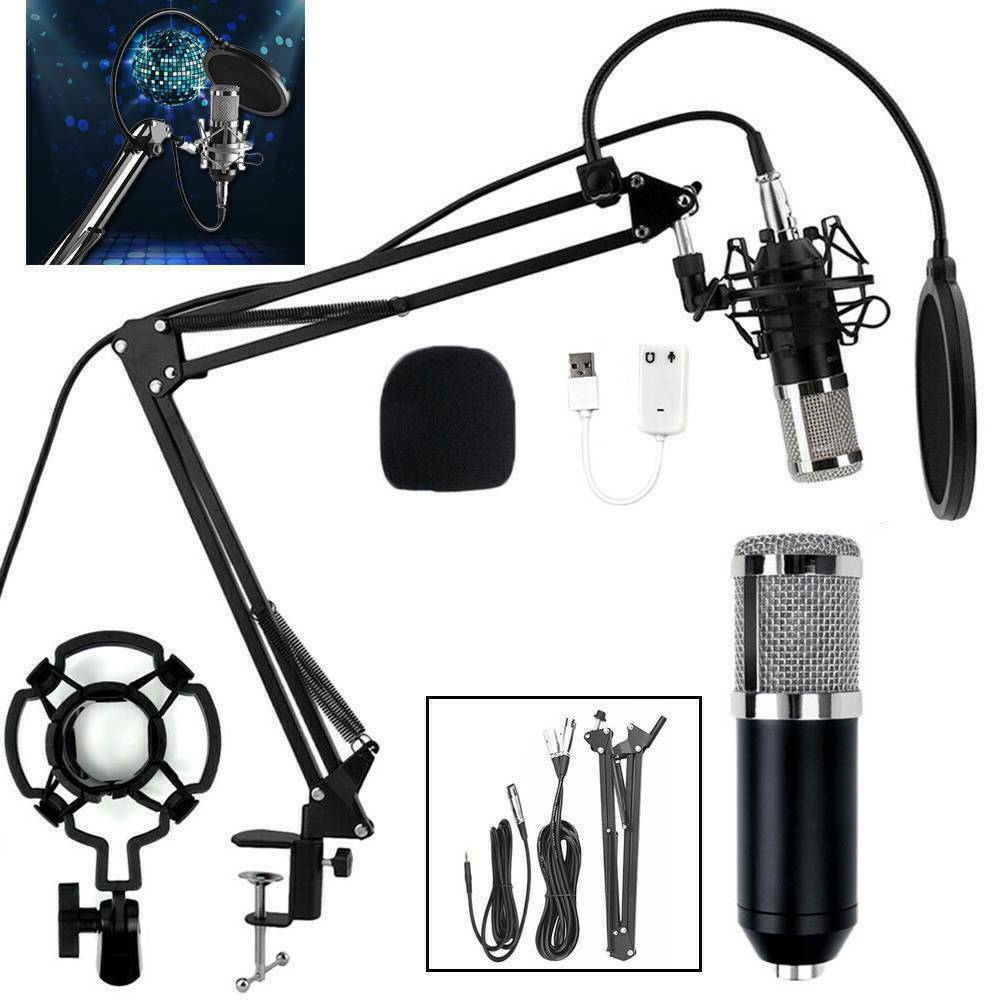 |
Let’s go shopping!
Glass Organ | Project 15/20 | Maxitronix 20in1 | Learning Electronics In The Lab With Jay Jay
This post is part of my video blog and you can find more information about this video over here.
You can support this channel on Patreon: patreon.com/JohnElliotV
In this video we do the 15th project from the Maxitronix Sensor Robot 20 (20in1) Electronics Project Lab Kit: Glass Organ.
We had some trouble getting this circuit to work. It turned out that the instructions omitted one necessary wire. After we added that the circuit worked.
The salty water and the clean water didn’t have hugely different effects. It was hard to get a resistance reading because the resistances seemed to just continually increase. In the end I didn’t really understand that.
The products I purchase from AliExpress in the video are these:
- 5Sets WH148 15mm 3 Pin Linear Taper Rotary Potentiometer Resistor 1K 2K 5K 10K 20K 50K 100KΩ Ohm For Arduino With AD2 White Knob
- DIY Project Starter Kit For Arduino UNO R3 Kit Electronic DIY Kit Electronic Component Set With Box 830 Tie-points Breadboard
We used the Rigol MSO5074 Mixed Signal Oscilloscope to inspect the output of the astable multivibrator.
We used the METCAL PS-900 Soldering Station to solder some jumpers onto a 10K potentiometer which we use to alter the frequency of the astable multivibrator.
We used the UNI-T UTi260B Thermal Imager to inspect the heat profile of the circuit. We see the resistors in the astable multivibrator get warm, along with other components.
We used the Fluke 17B+ Digital Multimeter to continuity test our point to point links, to test various resistances, to check for capacitance (there was none), and to measure the current draw. It was interesting to see the current draw increase with frequency.
We used the Riden RD6006 Bench Power Supply to provide 9V for the circuit. The RD6006 also reported current draw.
We used the Horusdy Soldering Station with Hot Air Gun. We used the hot air gun to shrink the heat shrink we used on the potentiometer jumpers.
We used the Brother P-Touch D210 Label Maker to label our salt jar.
The Goo & Adhesive Remover product I recommend is Goo Gone.
The cheap but excellent wire cutters I mention are these. I got a five pack for ten bucks.
Thanks very much for watching! And please remember to hit like and subscribe! :)
Following is a product I use picked at random from my collection which may appear in my videos. Clicking through on this to find and click on the green affiliate links before purchasing from eBay or AliExpress is a great way to support the channel at no cost to you. Thanks!
Fluke 17B+ Digital Multimeter |
Let’s go shopping!
Demo #4: ANENG A3005 4000 Count Pen Type Handheld Multimeter | In The Lab With Jay Jay
This post is part of my video blog and you can find more information about this video over here.
You can support this channel on Patreon: patreon.com/JohnElliotV
In this video we demo the ANENG A3005 Pen Type Handheld Multimeter. This pen-type multimeter can do voltage, resistance, continuity, and diode testing, among other functions. It’s a 4000 count device, meaning it can display about three and a half significant digits, for instance values such as 3,999 or 3.999 or 0.001.
If you’re interested you can check out all of my equipment from ANENG. They make good stuff! Of particular note is my ANENG AN-999S Bench Multimeter and my ANENG BT189 Battery Tester.
If you’re interested in any of this tech you can find it at AliExpress:
- ANENG AN-999S Desktop Voice Multimeter Digital 19999 Counts Professional Bluetooth Tester True RMS AC/DC Voltmeter Current Tools
- ANENG A3005 Digital Multimeter Pen Type 4000 Counts Professional Meter Non-Contact Auto AC/DC Voltage Ohm Diode Tester For Tool
- ANENG BT189 Button Cell Battery Tester 9V N D C AA AAA Universal Household LCD Display Battery Tester Power Bank Detectors Tools
Thanks very much for watching! And please remember to hit like and subscribe! :)
Following is a product I use picked at random from my collection which may appear in my videos. Clicking through on this to find and click on the green affiliate links before purchasing from eBay or AliExpress is a great way to support the channel at no cost to you. Thanks!
Plato Model 170 Wire Cutter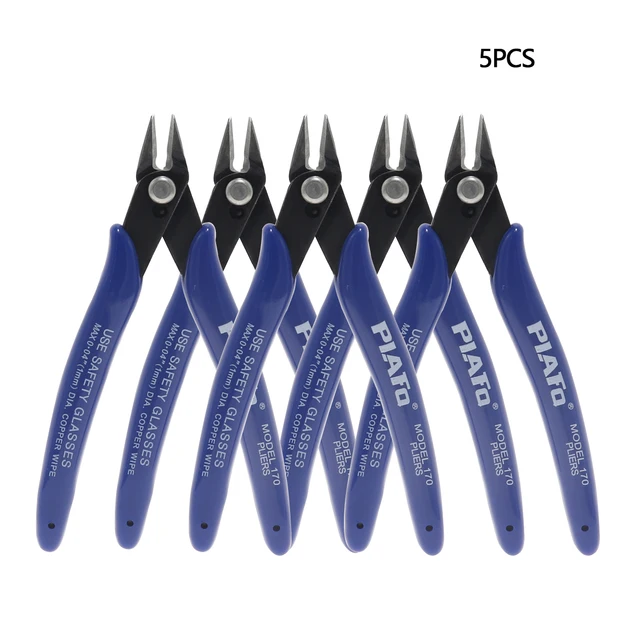 notes notes |
Let’s go shopping!
Non-Touch Switch | Project 14/20 | Maxitronix 20in1 | Learning Electronics In The Lab With Jay Jay
This post is part of my video blog and you can find more information about this video over here.
You can support this channel on Patreon: patreon.com/JohnElliotV
In this video we do the 14th project from the Maxitronix Sensor Robot 20 (20in1) Electronics Project Lab Kit: Non-Touch Switch.
We use the UNI-T UTi260B Thermal Imager to monitor the heat generated by various components. We learn that the resistors emit a lot of heat.
We use the Fluke 17B+ Digital Multimeter to measure the current drawn by the circuits in both the on and off state. The current was 15mA when the LEDs were on and zero amps when they were off.
We use the Riden RD6006 Bench Power Supply to provide 9V for our circuit. The power supply reported the current draw as 13mA which was slightly less than reported by the multimeter.
Thanks very much for watching! And please remember to hit like and subscribe! :)
Following is a product I use picked at random from my collection which may appear in my videos. Clicking through on this to find and click on the green affiliate links before purchasing from eBay or AliExpress is a great way to support the channel at no cost to you. Thanks!
Swann & Morten No.4 Scalpel Handle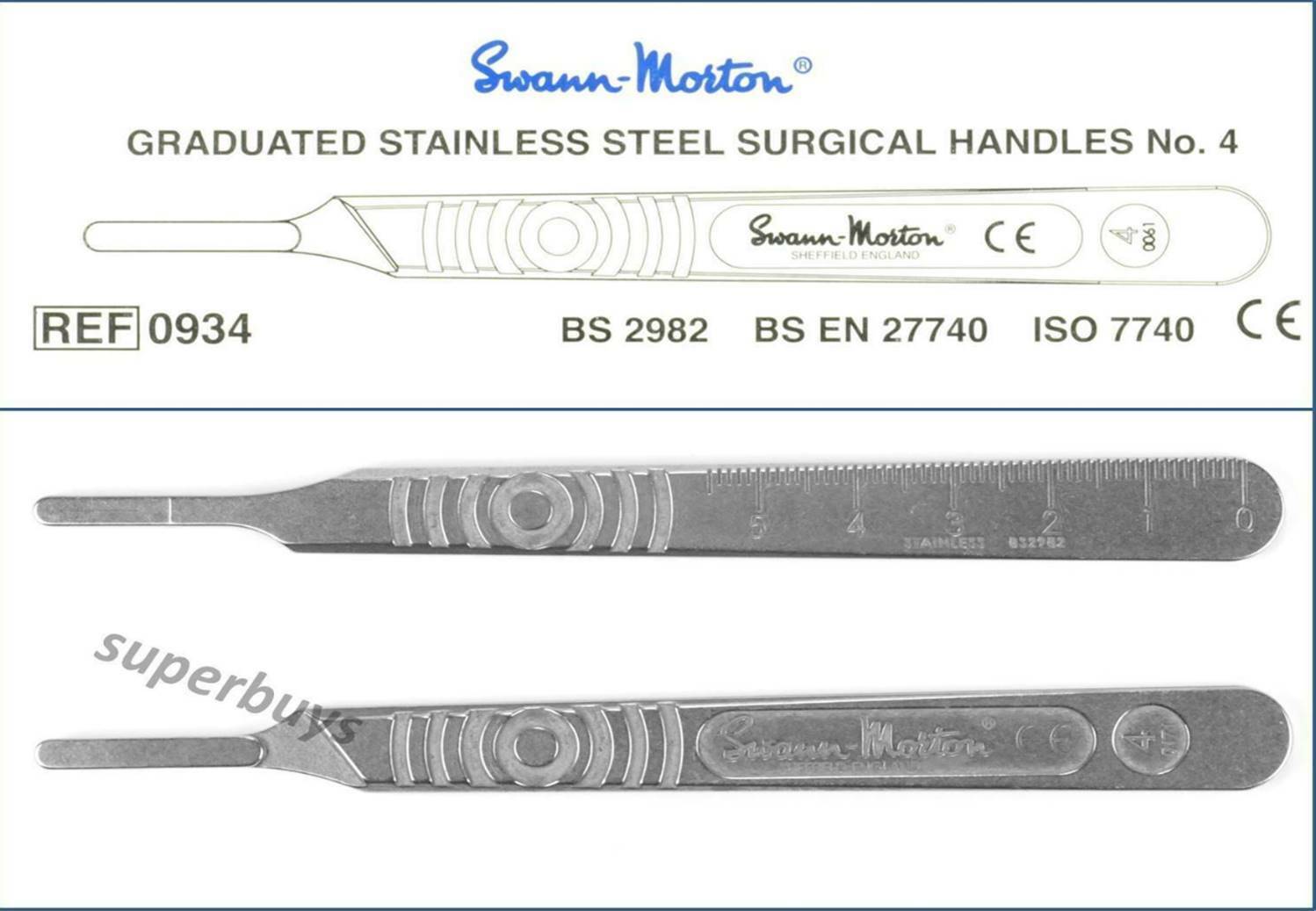 |
Let’s go shopping!
Essential CLI/TUI Tools for Developers
There are some interesting tools to learn about here: Essential CLI/TUI Tools for Developers.
Demo #3: Peak Electronic Design Atlas DCA75 Pro Semiconductor Analyzer | In The Lab With Jay Jay
This post is part of my video blog and you can find more information about this video over here.
You can support this channel on Patreon: patreon.com/JohnElliotV
In this video we put the Peak Electronic Design Atlas DCA75 Pro Semiconductor Analyzer through its paces.
My notes about this device are on my personal wiki, here: Peak Electronic Design Atlas DCA75 Pro Semiconductor Analyzer.
The DCA75 can measure triac and thyristor devices but the Peak Electronic Design Atlas SCR100 Triac And Thyristor Analyzer can do a better job of it.
If you want to measure zener diodes the DCA75 can do it but the Peak Electronic Design Atlas ZEN50 Zener Diode Analyzer can do a better job of it.
While reading the manual we learn about the PCA23 SOT-23 test adapter, while searching for that I found this behind-the-scenes deeplink from Peak Electronic Design: https://www.peakelec.co.uk/resources/pca23.html
The manual mentions the International Electrotechnical Commission – IEC 60617 – Graphical Symbols for Diagrams, which is an international standard for graphical symbols of electromechanical devices.
The support page is DCA75 (DCA Pro) Support, from there you can download software/firmware.
Thanks very much for watching! And please remember to hit like and subscribe! :)
Following is a product I use picked at random from my collection which may appear in my videos. Clicking through on this to find and click on the green affiliate links before purchasing from eBay or AliExpress is a great way to support the channel at no cost to you. Thanks!
Yum Cha Crowbar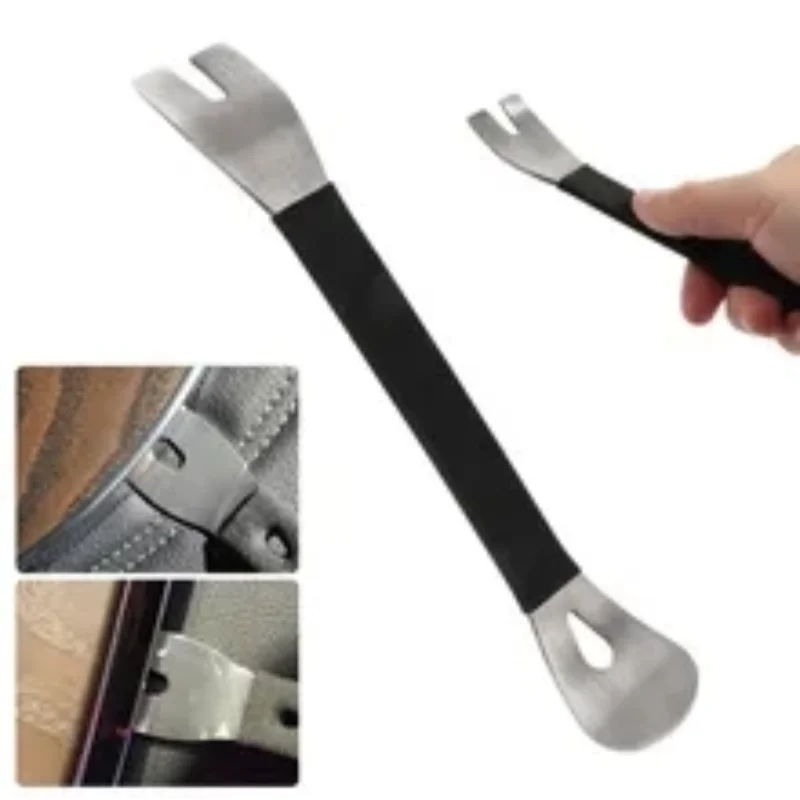 |
Let’s go shopping!
Unboxing #21: ATPK3 – Atlas Pro Pack – LCR45 + DCA75 + Case | In The Lab With Jay Jay
This post is part of my video blog and you can find more information about this video over here.
You can support this channel on Patreon: patreon.com/JohnElliotV
In this video I unbox my ATPK3 – Atlas Pro Pack – LCR45 + DCA75 + Case which I ordered recently from element14. This bundle includes:
- Peak Electronic Design Atlas DCA75 Pro Semiconductor Analyzer
- Peak Electronic Design Atlas LCR45 LCR Meter
- GP23 battery
- AAA battery
- Case
I will do a demo of the DCA75 and LCR45 in future videos.
I haven’t seen GP23 batteries before, but apparently they are 12V and can deliver 23A. Seems like rather a lot!
I’m not sure what is special about the specific test frequency of 14.9254 kHz, but I have asked on the EEVblog forum.
Thanks very much for watching! And please remember to hit like and subscribe! :)
Following is a product I use picked at random from my collection which may appear in my videos. Clicking through on this to find and click on the green affiliate links before purchasing from eBay or AliExpress is a great way to support the channel at no cost to you. Thanks!
Yum Cha IC Chip Pickup Tool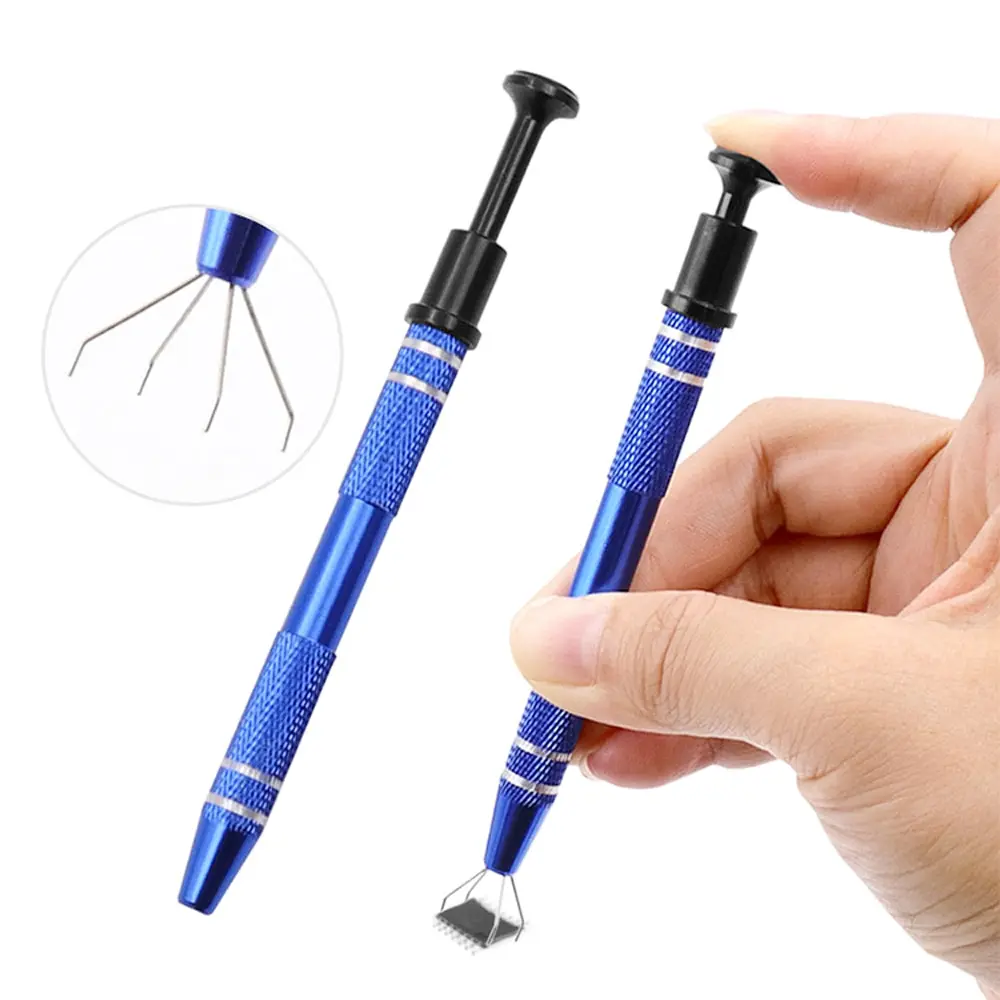 |
Let’s go shopping!
“>
Ferromagnetic Substance Detector | Project 13/20 | Maxitronix 20in1 | In The Lab With Jay Jay
This post is part of my video blog and you can find more information about this video over here.
You can support this channel on Patreon: patreon.com/JohnElliotV
In this video we do the 13th project from the Maxitronix 20in1 (the Sensor Robot 20): Ferromagnetic Substance Detector.
In this project we use the reed switch to detect magnetic material. We use an astable multivibrator to generate a tone which sounds when magnetic material is detected.
We use the Riden RD6006 Bench Power Supply to provide 9V for our test circuit.
We use the UNI-T UTi260B Thermal Imager to inspect the circuit board during operation and see the transistors for the astable multivibrator dissipating the most heat.
We use the Rigol MSO5074 Mixed Signal Oscilloscope to inspect the 1.5 kHz square wave which generates the tone for the buzzer.
We use the Fluke 17B+ Digital Multimeter to investigate some currents and some voltages into the base of transistor Q5.
We use the METCAL PS-900 Soldering Station to tin some wire for the DuPont-female jumper.
We also use a breakout board to add a volume control to the buzzer and to substitute a LED for the buzzer.
I really enjoyed this project, I think it’s the best one so far!
Thanks very much for watching! And please remember to hit like and subscribe! :)
Following is a product I use picked at random from my collection which may appear in my videos. Clicking through on this to find and click on the green affiliate links before purchasing from eBay or AliExpress is a great way to support the channel at no cost to you. Thanks!
PowerShield Defender 1600 UPS |
Let’s go shopping!

